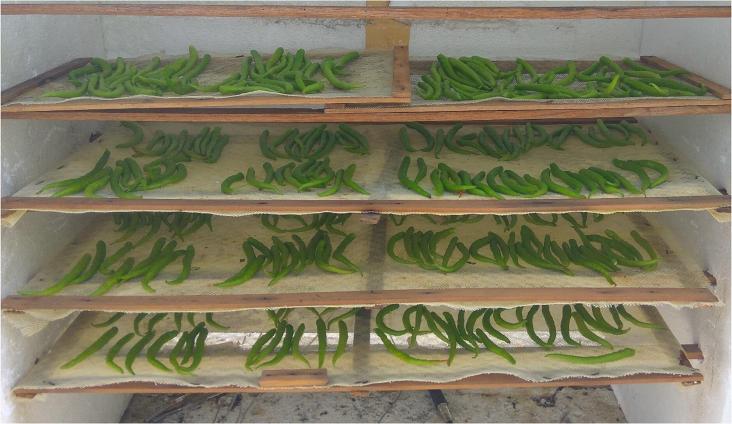The authors conclude that there are multiple pathways to consumption of 5-a-day that would benefit both people’s health and the environment, providing a range of policy options from which governments can select according to their priorities. Their results show that the pathways prioritizing vegetables over fruit and favoring an increased consumption of UK-produced varieties would achieve a better balance of benefits across health and reduction in greenhouse gas emissions (GHGEs) and water use
In the face of grand challenges for society to eliminate hunger and improve planetary and human health, thoughtful investments in the agricultural sector can make a difference, but there is a critical need to look beyond production of calories and toward more healthy diets and food systems. Modeling the impacts of alternative future pathways for Disability-Sdjusted Life Years (DALYs) can help inform the discussion.
This article supports SDG 2, SDG 3, and SDG 13 by demonstrating the economic benefits of wind energy development to the local individuals and communities.
Proven and sustainable practices like climate-smart agricultural practices (CSAPs) need to be prioritized and promoted for uptake especially by the farmers to achieve sustainable development.
Public health nutrition is the promotion of nutrition-related health of populations.
This paper discusses the importance of incorporating online home delivery services (OHDS) into the concept of accessibility and marginalization.
The interest in eating insects as food is increasing, not least for sustainability reasons. However, the acceptance among consumers remains low.

The energy, exergy and economic analysis of indirect type solar dryer (ITSD) was performed while drying green chilli under forced and natural convection.
In this paper the authors conclude that clear trends emerged in measuring pathways between agriculture, food systems, and nutrition. There were many innovations combining measurement across domains, such as mixing and matching from water, food production, ecology, nutrition, health, and others to capture complexity and new levels of impact.
Even though a significant improvement in growth and nutrition was not noted among the integrated interventions, the importance of water, sanitation, and hygiene (WASH) and addressing it in reducing undernutrition is of the utmost importance
